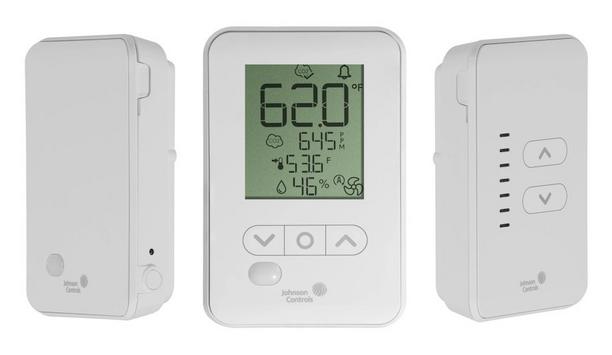Johnson Controls, the global provider for smart and sustainable buildings, and the administrators and board members of Monroe Township Public Schools (MTPS) are working together to secure an energy-efficient future for the school district.
Both entities have entered into a $24.1 million turnkey Energy Savings Improvement Plan (ESIP) contract in an effort to transform the environment, operation and energy efficiency of the facilities.
The project is driven and funded entirely by energy and utility rate savings along with $1.2 million of New Jersey Clean Energy Program incentives and rebates. Johnson Controls is guaranteeing $29 million in energy savings across all six of the schools in the district over the course of the twenty-year agreement.
Reducing the carbon footprint
A total of 3 million kWh units of electric and 81k therms of natural gas will be saved annually
In addition to the fiscal savings accrued upon completion of the project, which reduce the use of capital improvement budgets in the process, a total of 3 million kWh units of electric and 81k therms of natural gas will be saved annually. This initiative will reduce the carbon footprint across the district’s school buildings by approximately 5 million pounds of CO2 emissions.
A complete overhaul of the heating and ventilation systems at Holly Glen Elementary School will take place during the summer of 2020. Advanced lighting upgrades will also be installed in all schools as will mechanical and electric systems updates. Robust energy management control systems for ongoing maintenance and management are planned across the buildings, as well.
"Through this partnership, we are pleased to help the district unlock trapped capital by leveraging the use of guaranteed energy savings to offset the cost of the upgrades." — Paul Napoli, account executive at Johnson Controls.
Guaranteed energy savings
The project will also provide much-needed benefits to the local economy in terms of the construction jobs it will create"
“Through this partnership, we are pleased to help the district unlock trapped capital by leveraging the use of guaranteed energy savings to offset the cost of the upgrades,” said Paul Napoli, account executive at Johnson Controls. “The legacy of this ESIP project will not only create energy and operational savings, it will improve the places and spaces for student learning and faculty performance for years to come. In these uncertain times, the project will also provide much-needed benefits to the local economy in terms of the construction jobs it will create.”
The Facilities Committee of the Board of Education composed of Frank Torcasio, Fred Powell and Anthony Ayres, along with the administration were the key stakeholders overseeing the interests of the school district, from the RFP selection process to the development of the Energy Savings Plan.
Enhanced physical environment
The successful outcomes could not have been achieved without the support of the entire board, including Barbara Chamberlain, Therese Bonmati, Mike D’Andrea, Jennifer Lewis-Gallagher, Andy Schwaiger, and Jack Don. A special thank you also goes out to the Township of Monroe Council and the Municipal Utilities Authority Board for their assistance on this project.
Our collaboration with Johnson Controls will allow us to enhance our district’s physical environment
“Our collaboration with Johnson Controls will allow us to enhance our district’s physical environment through necessary infrastructure upgrades, while directly helping to improve student achievement,” said Lynn DiPietropolo, assistant superintendent of the Monroe Township Public Schools.
Modernize equipment
“Operational cost reductions within this project will pay dividends in productivity gains within our key facilities personnel,” said Butch Berglund, former district facilities manager.
Johnson Controls has a long history of working with K-12 schools and educators throughout North America to create environments that inspire and engage both students and faculty. Through Performance Infrastructure™ projects, the company has helped 1,018 schools modernize equipment and building systems, improve infrastructure and energy spend, and address on-going maintenance needs.
















